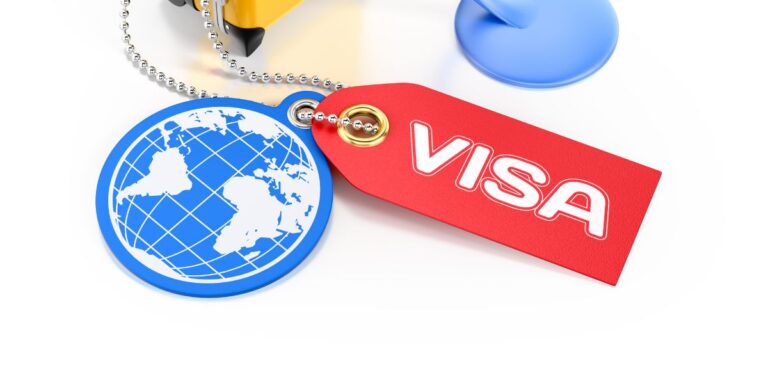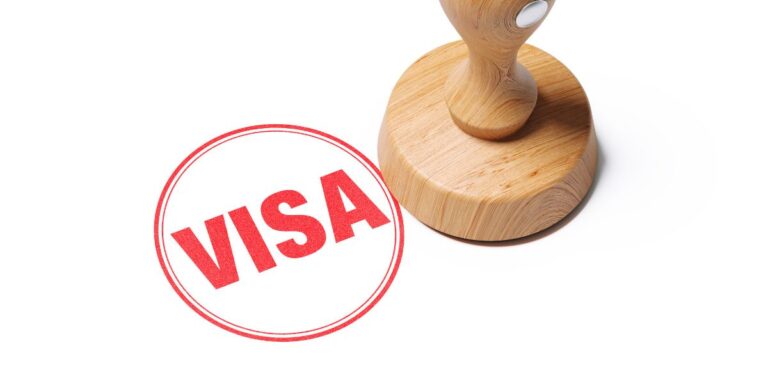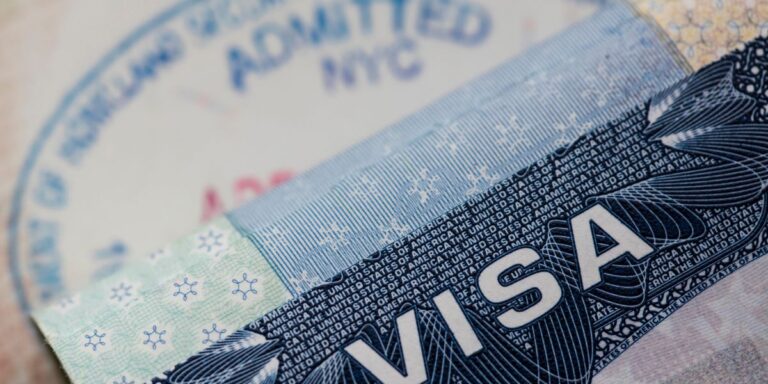A Comprehensive Guide to Choosing and Using Baby Car Seats
As a parent, ensuring the safety and well-being of your child is of paramount importance, especially when it comes to traveling in a vehicle. Baby car seats are essential tools designed to protect your infant or toddler in the event of a car accident. This comprehensive guide aims to provide you with all the information you need to choose and use a baby car seat effectively, ensuring your little one’s safety on the road.
Table of Contents
Why Baby Car Seats Matter
Baby car seats play a critical role in safeguarding your child during car rides. According to the National Highway Traffic Safety Administration (NHTSA), car seats reduce the risk of fatal injury for infants by up to 71% and for toddlers by 54%. The main reasons why baby car seats matter include:
- Protection: Baby car seats are designed to cradle your child’s body and distribute the forces of impact in a crash, minimizing the risk of injury.
- Proper Positioning: Car seats ensure that your child is in an appropriate position for optimal protection, aligning their head, neck, and spine.
- Age-Appropriate Design: Baby car seats are designed to meet the specific needs of different age groups, offering rear-facing, forward-facing, and booster seat options.
- Legal Requirement: In many countries, using a baby car seat is a legal requirement for infants and young children.
Types of Baby Car Seats
There are several types of baby car seats available, each catering to different age groups and safety needs:
- Rear-Facing Infant Car Seats: These seats are designed for newborns and infants up to 2 years old. They provide crucial support for a baby’s fragile head and neck and are installed facing the rear of the car.
- Convertible Car Seats: Suitable for infants and toddlers, these seats can be used in both rear-facing and forward-facing modes, allowing them to adapt as your child grows.
- 3-in-1 and All-in-One Car Seats: These versatile options can serve as rear-facing, forward-facing, and booster seats, accommodating your child’s needs through various developmental stages.
- Booster Seats: Designed for older children who have outgrown forward-facing seats, booster seats position the child so that the seat belt fits them properly.
Choosing the Right Baby Car Seat
When selecting a baby car seat, consider the following factors:
- Age and Weight: Choose a seat that is appropriate for your child’s age, weight, and height. Follow the manufacturer’s guidelines for proper usage.
- Safety Standards: Look for car seats that meet or exceed safety standards set by your country’s regulatory agencies, such as the NHTSA in the United States or the European Safety Standards (ECE) in Europe.
- Ease of Installation: Ensure the seat is easy to install correctly in your vehicle. Some seats come with latch systems or clear installation guides.
- Comfort and Support: Opt for a seat with adequate padding, adjustable harness straps, and head support to keep your child comfortable during rides.
- Reviews and Ratings: Research customer reviews and safety ratings to gain insights into the performance of different car seat models.
Installing and Using Baby Car Seats
Proper installation and usage of a baby car seat are crucial for ensuring your child’s safety:
- Read the Manual: Carefully read the manufacturer’s instructions for installation and usage to ensure you’re following the correct procedures.
- Placement: Position the car seat in the back seat of the vehicle, preferably in the middle, away from airbags.
- Secure Harness: Ensure the harness straps are snug but not too tight, with the chest clip positioned at armpit level.
- Angle of Recline: Adjust the seat’s recline angle to match your child’s age and developmental stage. Rear-facing seats should have a slight recline to support the head and neck.
- Regular Checks: Regularly inspect and adjust the car seat’s straps, harness, and installation to maintain their effectiveness.
Conclusion
Investing in a high-quality baby car seat is an essential step in protecting your child while traveling in a vehicle. These seats provide a secure and comfortable environment, reducing the risk of injury during accidents. By understanding the different types of car seats, selecting the right one for your child’s age and needs, and ensuring proper installation and usage, you can provide your precious bundle of joy with the utmost safety on the road. Remember, your dedication to your child’s safety today can have a lasting impact on their well-being for years to come.





